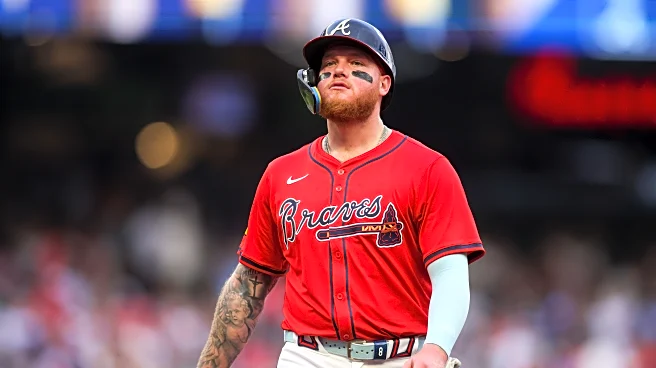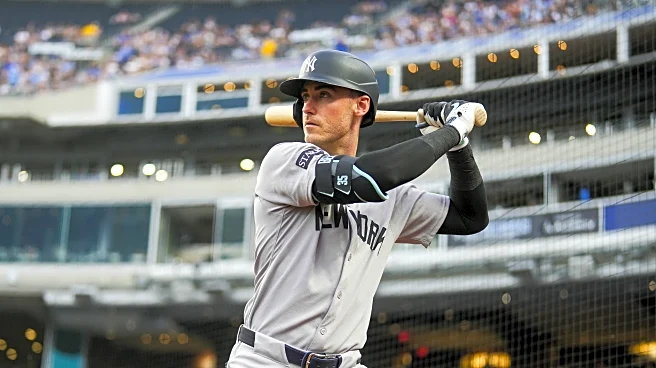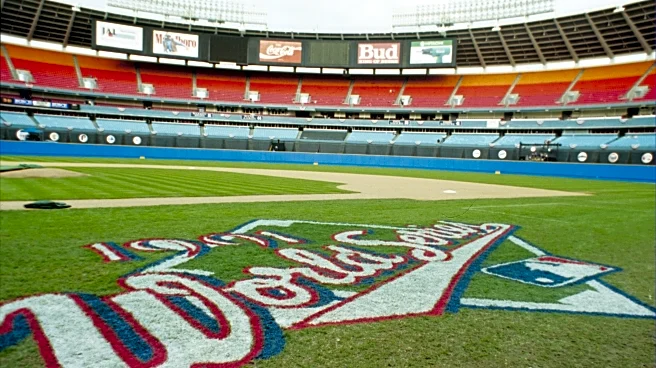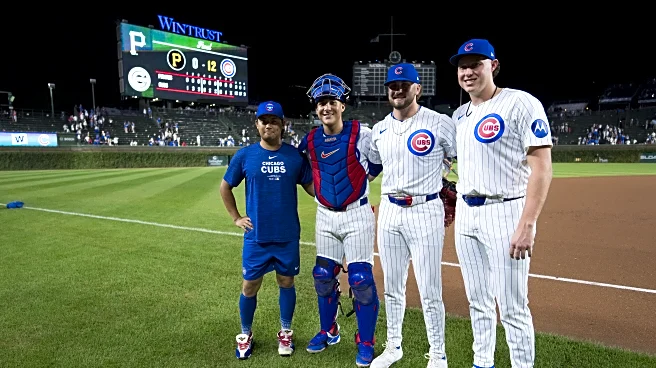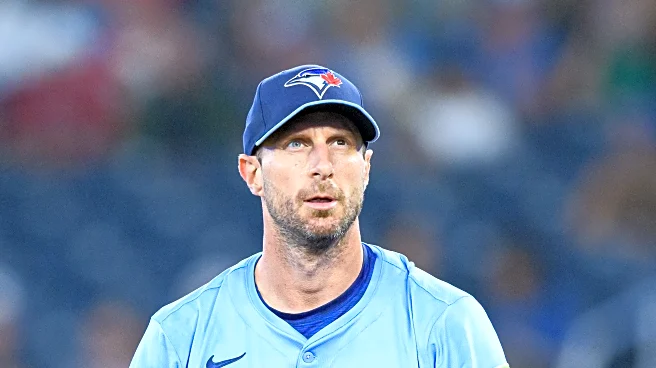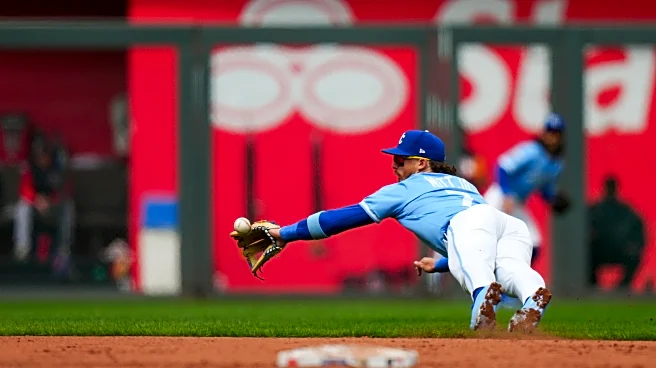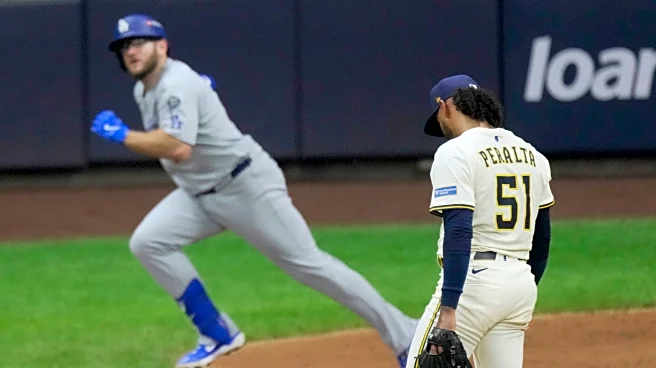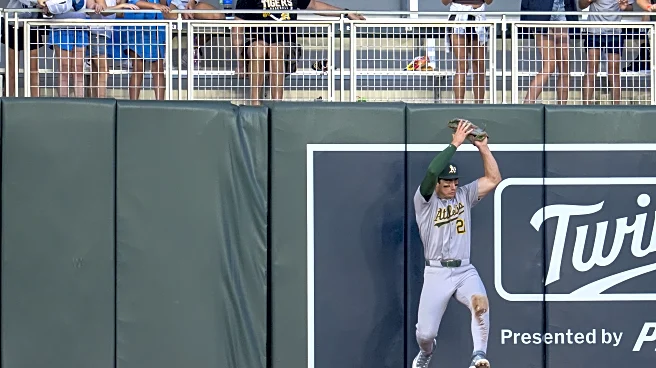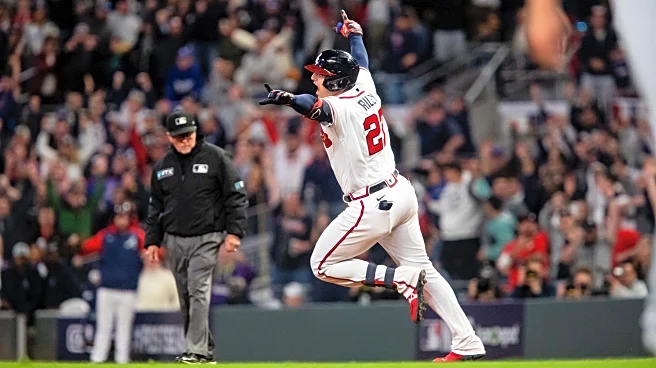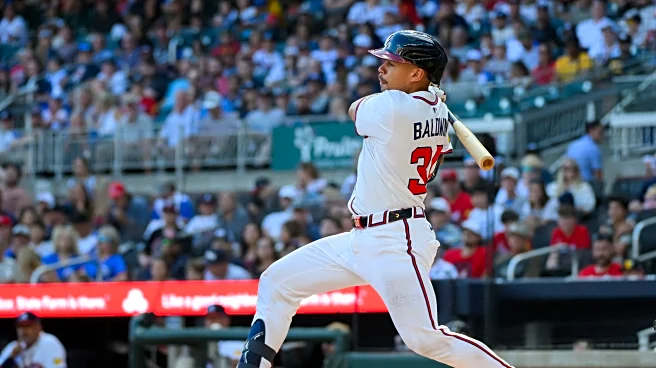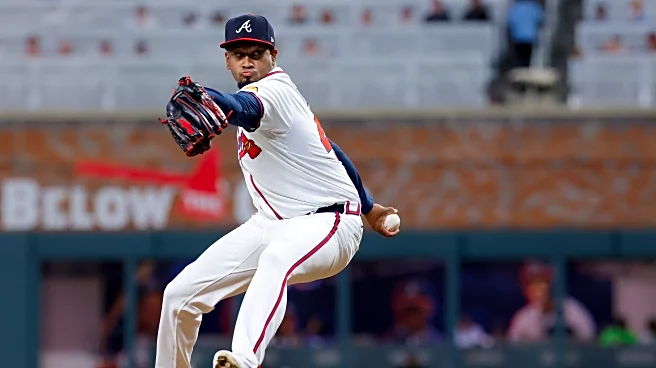Before the season started, it looked like the Atlanta Braves had their starting outfield set. They had Michael Harris II, Ronald Acuña Jr., and newly-acquired Jurickson Profar as their starters. They had Jarred
Kelenic as a fourth outfielder, and added Bryan De La Cruz as yet another bench option to allow for a mini-platoon with Kelenic in case an outfielder got hurt. Well, Profar got suspended before Acuña returned, and both Kelenic and De La Cruz were absolutely horrid early on, which meant… the Braves went ahead and plugged in a different placeholder fourth outfielder with MLB experience, in the form of Alex Verdugo.
How acquired
Verdugo had clearly lost much of his prestige from the days when he was the key piece received by the Red Sox in the notorious Mookie Betts trade with the Dodgers. In a vacuum, the $1.5 million the Braves handed Verdugo late in Spring Training was not a lot of money for some outfield depth from a player who had had decent results, relatively speaking. Before his 2024 with the Yankees, Verdugo posted a wRC+ that was league average or better in each season from 2019 to 2023, and the only one of those seasons that involved him massively outhitting a poor xwOBA was the shortened 2020 season.
Verdugo was signed on March 20. Given that he missed most of Spring Training given his late signing, he started the season in the minors to get some reps in and ramp up for the season.
What were the expectations?
When Verdugo was signed, his role was to be outfield depth. The Braves didn’t yet know that they’d essentially be forced into starting him. At the price that was paid, it was a low-risk move for a fourth outfielder that would get some starts if a corner outfielder was injured. Verdugo managed 0.6 fWAR in 2024, and was projected for about 1 fWAR in 2025, so that’s exactly the kind of guy you want on your bench… in theory. But then, Profar was suspended, Kelenic and De La Cruz both started off terribly, and Acuña ended up not being due back until the end of May, so… Verdugo ended up a de facto starter, and things went asolutely horribly.
2025 results
The only way you can argue that Verdugo’s season wasn’t a failure is if you note that the Braves “only” paid him $1.5 million. However, Verdugo himself likely disagrees…. as does pretty much every other line of argument. He made his debut for the Braves on April 18, but by July 1, he no longer had a roster spot. That skips past the agony, though.
In aggregate, Verdugo ended up hitting .239/.296/.289, good for just a 66 wRC+. Sure, he underhit his xwOBA by a massive amount, but he also played some pretty horrific defense, which was really problematic for a guy who was known as the rare corner outfielder who’s pretty good defensively. It ended up being by far his worst offensive output since his twenty-five plate appearances in his 2017 rookie season. From an fWAR perspective, he tallied -0.9, which was by far his worst. It was his only negative fWAR season outside of his -0.1 output in that cup of coffee in 2017.
What went right?
For the first nine games of his season, it looked like Verdugo might work out. He made it up to a slash line of .350/.395/475, a 144 wRC+. He had no HRs at that point but did have five doubles. That span included two four-hit games, and a 3/3 K/BB ratio, which is kind of impressive from a contact perspective over nine games if you think about it.
One of those four-hit games was his best of the season, a 6-4 loss to the Diamondbacks on April 27. Verdugo led off the first and third with singles, but was doubled up both times. In the fifth, with the Braves down three and two outs, he doubled home their first run. In the seventh, he had one of his biggest hits of the season, a single with two on and the Braves down two that scored a run and put the tying run on third. But, that run was stranded, and Verdugo walking to bring up the tying run in the ninth didn’t pay dividends either.
Through 14 games, he had a 133 wRC+. Even as late as May 12, he was doing stuff like walking off the Nats, and vindicating the Braves’ decision to bunt for some reason:
And then… problems really set in.
What went wrong?
After that first nine game span, it was all downhill from there. If we look at his rolling weighted on base average (wOBA) by month, you can see a steady decline.

If we look at his rolling expected wOBA (xwOBA), we can see that his decline was not due to poor luck.

As cliché as it sounds, after the first nine games, nothing went right, other than a stray multi-hit game or big hit here or there. In a season where the Braves lacked outfield depth, Verdugo did so poorly that he could not hold a roster spot. Even worse, he was so bad that he was actively hurting the team over, say, the potential contributions from someone like Eli White, but the Braves stuck with him when they had no compunction about jettisoning Kelenic and De La Cruz after considerably fewer PAs.
His offense was terrible, and he was below average defensively. Signing him made sense for the Braves when it happened, it just did not work out.
Part of the issue, of course, is that Verdugo somehow ended up being not-good-at-most-things, but also apparently cursed. Of the 348 players to tally at least 200 PAs this season, his xwOBA underperformance was the 13th-biggest. In other words, he had the 24th-lowest wOBA among those 348 players, but his xwOBA was a perfectly boring 128th-worst.
That’s not to say that it was just poor fortune, of course. Verdugo’s slap/guide at all costs approach and his incredibly passivity at the plate (he barely swung at half the strikes he was thrown) were extra-maddening in the context of the entire team shifting its offensive approach to look more like… Verdugo. He posted the lowest z-swing, highest z-contact, and second-lowest chase rate of his career, while swinging at less than ten percent of first pitches (MLB average is 30 percent) and just 45 percent of pitches down the middle (MLB average is 76 percent), all to finish with somehow a nearly career-low walk rate that was way lower than league average. Much like the team as a whole, it’s not really clear why Verdugo chose to do whatever he was doing in such an exaggerated fashion.
Oh, and the Braves played him for over 200 PAs. Kelenic was banished after 65 PAs and -0.5 fWAR. De La Cruz was banished after 50 PAs and -0.4 fWAR. It took Verdugo a whopping 213 PAs, over half of which were in the leadoff spot, and -0.9 fWAR before the Braves finally sent him packing.
It’s worth noting that in the final three games of a four-game set with the Reds in early May, Verdugo managed an 0-for-14 stretch where he also stung the team and basically gave them a sneak preview of what he was going to do over the next two months. On May 6, the Braves squeaked out a one-run win in extras, but Verdugo both grounded out with the bases loaded in the seventh to keep the game a scoreless tie, and then failed to bring in the walkoff run from third to end the ninth. Two days later, he once again failed to bring in the walkoff run from third to end the ninth, though the Braves ended up winning that game, too. It’s kind of crazy to have that situation come up twice in three games with nothing to show for it, but that’s what carrying Verdugo was like for the Braves.
2026 outlook
Frankly, there may not be much of an outlook in 2026 for Verdugo. It might be sad to see for some, because when he first made his MLB debut, he had a lot of hype, enough to be the key return in the Mookie Betts deal. He even had some MVP down votes in the shortened 2020 season, though that seems kind of silly given his .299 xwOBA that year. But, baseball is cruel, and Verdugo’s profile of “slappy bat with a limited ceiling that relies on good corner outfield defense to justify playing time” isn’t very exciting, and given the way he fell flat in 2025, it’s not clear why anyone would be interested in him on anything but a flier of a deal. As a result, he is going to have to fight for a 2026 roster spot on an MLB team. He will likely have to settle for a minors deal and hope he has some fortune come his way in terms of roster openings. But, no one even showed any interest in him after the Braves cut him, so he may need to find another league to play in, at least for 2026.
Projections will likely still have Verdugo better than replacement level for 2026, but barely so. Again, the profile just isn’t very interesting unless a team really wants to zig when everyone’s zagging, and the 2025 Braves showed how that wasn’t exactly a great idea, so the odds are against Verdugo making an MLB impact in 2026.
